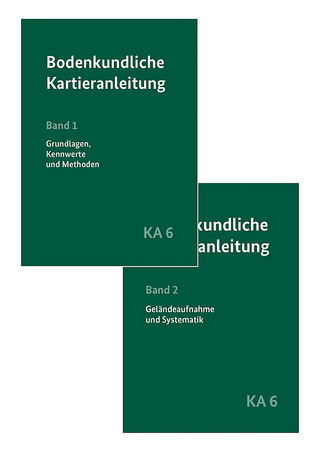
Children's Health and Wellbeing in Urban Environments
Routledge (Verlag)
978-0-367-21899-7 (ISBN)
How children experience, negotiate and connect with or resist their surroundings impacts on their health and wellbeing. In cities, various aspects of the physical and social environment can affect children’s wellbeing. This edited collection brings together different accounts and experiences of children’s health and wellbeing in urban environments from majority and minority world perspectives.
Privileging children’s expertise, this timely volume explicitly explores the relationships between health, wellbeing and place. To demonstrate the importance of a place-based understanding of urban children’s health and wellbeing, the authors unpack the meanings of the physical, social and symbolic environments that constrain or enable children’s flourishing in urban environments. Drawing on the expertise of geographers, educationists, anthropologists, psychologists, planners and public health researchers, as well as nurses and social workers, this book, above all, sees children as the experts on their experiences of the issues that affect their wellbeing.
Children’s Health and Wellbeing in Urban Environments will be fascinating reading for anyone with an interest in cultural geography, urban geography, environmental geography, children’s health, youth studies or urban planning.
Christina R. Ergler is a Lecturer in Social Geography at the University of Otago, New Zealand. Robin Kearns is a Professor of Geography in the School of Environment at the University of Auckland, New Zealand. Karen Witten is a Professor of Public Health at Massey University, New Zealand.
Preface. Introduction. Part 1: Neighbourhood Environments 1. The Miasma of Occupation: The Effects of Seen and Unseen Violence on Palestinian Children and Families 2. Children’s Active Transport and Independent Mobility in the Urban Environment 3. How Does the Neighbourhood Built Environment Influence Child Development? 4. Changing Geographies of Children’s Air Pollution Exposure 5. Is Society Now Being Social? 6. Cities That Encourage Happiness Part 2: Home and Away 7. Mobilising Children: The Role of Mobile Communications in Child Mobility 8. The Role of the Geography of Educational Opportunity in the Wellbeing of African American Children 9. Child Medical Travel in Argentina: Narratives of Family Separation and Moving Away from Home 10. Cycles of Violence, Girlhood and Motherhood: Family Formation in Guayaquil’s Shantytowns Part 3: Gardens, Greens and Nature 11. Urban Green Spaces and Childhood Obesity in (Sub)tropical Queensland, Australia 12. Is ‘Natural’ Education Healthy Education? A Comparative Analysis of Forest-based Education and Green Care Spaces in Germany and the UK 13. Being Connected? Well-being Affordances for Suburban and Central City Children Part 4: Viewing Wellbeing 14. Mobilities of Wellbeing in Children’s Health Promotion: Confronting Urban Settings in Geographically Informed Theory and Practice 15. Identity, Place and the (Cultural) Wellbeing of Indigenous Children 16. Ecological Wellbeing, Childhood and Environmental Change. Concluding Remarks: The Atmospheric Attunements of Children and Young People
| Erscheinungsdatum | 16.03.2019 |
|---|---|
| Reihe/Serie | Geographies of Health Series |
| Verlagsort | London |
| Sprache | englisch |
| Maße | 156 x 234 mm |
| Gewicht | 453 g |
| Themenwelt | Naturwissenschaften ► Geowissenschaften ► Geografie / Kartografie |
| Sozialwissenschaften ► Soziologie | |
| ISBN-10 | 0-367-21899-2 / 0367218992 |
| ISBN-13 | 978-0-367-21899-7 / 9780367218997 |
| Zustand | Neuware |
| Haben Sie eine Frage zum Produkt? |
aus dem Bereich


